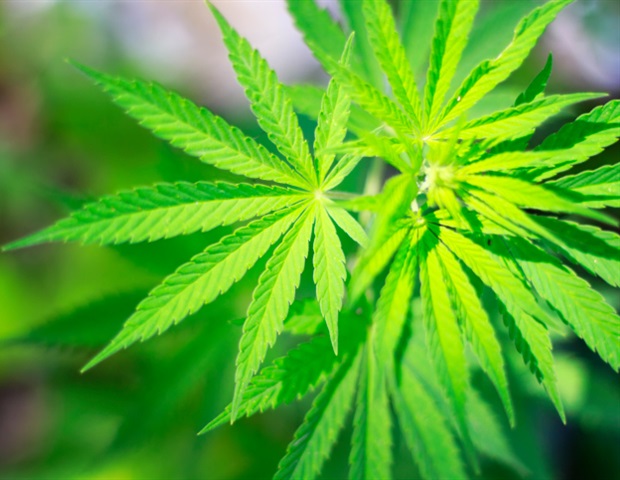Climate Change Fuels Worrying Spread of Fungal Infections, Study Reveals

The captivating premise of The Last of Us, both as a video game and an acclaimed television series, showcases a dystopian world where a fungus evolves due to climate change, leading to a mass infection that transforms humans into monstrous, killer zombies. While such a scenario remains in the realm of fiction, the underlying concept of a dangerous fungal spread is increasingly relevant as scientists highlight the real-world implications of climate change on fungi and public health.
Recent research originating from the United Kingdom raises alarms about the potential expansion of Aspergillus fungi, a group of pathogens known for causing serious health issues and fatalities among humans, animals, and plants. These fungi, while not capable of turning individuals into zombies, have already shown an alarming trend of increased prevalence, fueled by the rising temperatures associated with climate change.
In a new study that has yet to undergo peer review, researchers analyzed how three specific species of Aspergillus—Aspergillus fumigatus, Aspergillus flavus, and Aspergillus niger—are expected to migrate significantly northward by the year 2100. This prediction is based on existing data regarding their habitats in conjunction with climate models forecasting future warming trends.
According to environmental mycologist Norman van Rhijn from the University of Manchester, “Changes in environmental factors, such as humidity and extreme weather events, will change habitats and drive fungal adaptation and spread.” He further notes that fungi, despite their critical role in ecosystems, are less studied compared to viruses and parasites. This study aims to shine a light on the fact that fungal pathogens may soon impact a vast majority of regions around the globe.
The implications of these findings are staggering. Under a severe climate scenario, the spread of A. fumigatus in Europe alone could escalate by an alarming 77.5 percent over the next 15 years, endangering an additional 9 million individuals. Meanwhile, A. flavus, which prefers warmer climates, could increase its range by as much as 16 percent, potentially exposing an extra 1 million people to its harmful effects. In contrast, the spread of A. niger appears to stabilize over the decades, presenting a more complex picture of fungal dynamics in changing climates.
However, while the overall number of individuals at risk might decline by 2100, the researchers express concern about the fungi's incursion into new territories, especially where vulnerable populations reside, such as those with compromised immune systems. There is also a palpable risk of increased infections among otherwise healthy individuals as these fungi adapt to new environments.
The implications extend beyond human health; fungal outbreaks have the potential to devastate crops, further complicating the already daunting challenge of sustaining a growing global population amidst climate challenges. The researchers state, “The potential for increased human exposure in Asia and Europe, combined with contraction in parts of Africa and South America, could alter public health burdens and crop biosecurity landscapes over time.”
Additionally, scientists have identified another significant fungal threat: Candida auris. This species has emerged as a serious health concern, capable of causing severe infections and has been spreading geographically as global temperatures rise, suggesting that other similar fungi might follow suit.
It is crucial to recognize that fungi also play vital ecological roles, including carbon and nutrient recycling. These benefits must be factored in when assessing the ecological shifts driven by climate change. Van Rhijn emphasizes the importance of “raising awareness and developing effective interventions for fungal pathogens to mitigate the consequences of this.”
While this study awaits peer-reviewed publication, it is currently accessible on the preprint platform Research Square, underscoring the urgency of understanding and addressing the implications of fungal spread in a warming world.


























